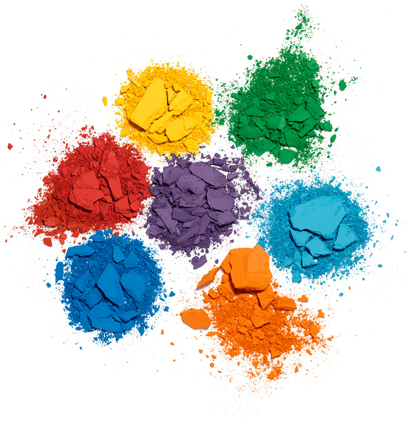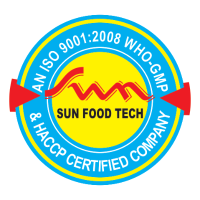Erythrosine: "The Controversial Red Food Dye"
Introduction:
Sun Food Tech is one of the leading manufacturers and exporters of food colors and lake colors, primarily for applications in Pharmaceuticals, Food and Cosmetics Industries for more than 40 years. We are one of the pioneers in the market and have an experienced and proficient workforce that has successfully maintained stability in quality.
Food colors have long been a staple in the food and beverage industry, adding vibrancy and appeal to our favorite foods. Among these, Erythrosine, also known as Red No. 3, holds a prominent place. This synthetic dye imparts a bright, eye-catching red hue to many products, ranging from candies and baked goods to certain pharmaceutical tablets. However, like many synthetic food dyes, Erythrosine has been the subject of debate due to its safety and regulatory status. This article will delve into the history, uses, benefits, and controversies surrounding Erythrosine, providing a comprehensive overview of this well-known food additive.
What Is Erythrosine?
Erythrosine is a synthetic red dye that belongs to the xanthene dye family, which also includes other bright, fluorescent dyes like Rose Bengal and Phloxine. The chemical compound is derived from fluorone, and its full chemical name is disodium 2',4',5',7'-tetraiodofluorescein. It is water-soluble and is widely used in various industries to impart a red or pink color to food, cosmetics, and pharmaceuticals.
In the United States, Erythrosine is designated as FD&C Red No. 3, indicating that it is approved for use in food, drugs, and cosmetics. It is also known by the European food additive code E127.
Uses of Erythrosine
Erythrosine's primary function is to enhance the appearance of food, making it more visually appealing to consumers. Some of its common applications include:
Food Industry:
- Confectionery: Erythrosine is widely used in candies, jellies, and gumdrops to give them their distinct red color. Many bright red candies owe their appeal to this dye.
- Baked Goods: Cakes, pastries, and decorative icing may contain Erythrosine to enhance the appearance of the final product.
- Desserts: Erythrosine is often added to gelatin desserts, ice cream, and frozen treats for a vibrant red or pinkish hue.
- Beverages: Certain soft drinks, fruit-flavored beverages, and syrups may also contain Erythrosine.
Pharmaceuticals:
- In pharmaceuticals, Erythrosine is used to color tablets, capsules, and liquid medications. Its bright color makes these products more recognizable and aesthetically pleasing.
Cosmetics:
- Erythrosine is found in some cosmetics, particularly lipsticks, nail polishes, and blushes, where a red or pink tint is desirable.
Dental Applications:
- Erythrosine is often used in plaque disclosing solutions or tablets to help highlight dental plaque on teeth during dental check-ups.
%20food%20dye%20in%20powder%20and%20liquid%20form,%20showcasing%20a%20bright%20red%20color.%20The%20image%20should%20include%20a%20close-up%20of.webp)




Comments